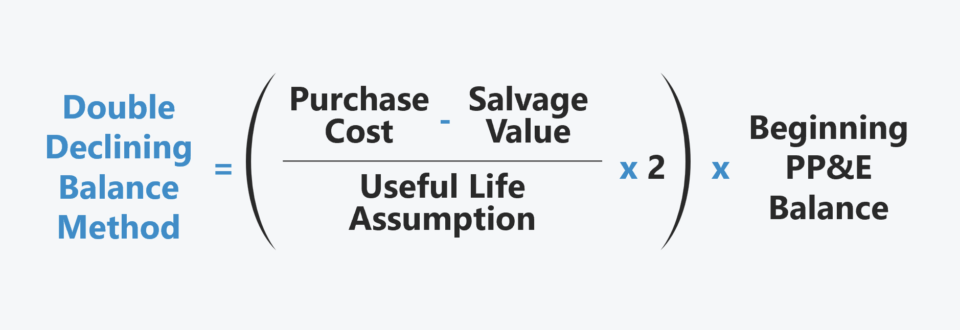
For example, suppose an asset having a depreciable cost of $5000 and a useful life of 5 years is purchased in the middle of an accounting year. In that case, the amount of depreciation expense in the first accounting year will be half of the full year’s depreciation charge. The graph of depreciation expense calculated using the straight line method will always look like the one above if the asset’s useful life coincides with the accounting year. To calculate the straight line basis, take the purchase price of an asset and then subtract the salvage value, its estimated value when it is no longer expected to be needed.
Create a free account to unlock this Template
Calculate depreciation expense for the financial years ended 31 Dec 20X1, 20X2, 20X3 and 20X4. Being the simplest method, it allocates an even rate of depreciation every year on the useful life of the asset. It estimates the asset’s useful life (in years) and its salvage value at the end of its term. Subtracting the salvage value from the original price of the asset gives us the final depreciation amount that is to be expensed. Depreciating assets, including fixed assets, allows businesses to generate revenue while expensing a portion of the asset’s cost each year it has been used.
When should you use straight-line method of depreciation?
You should consult your own legal, tax or accounting advisors before engaging in any transaction. The content on this website is provided “as is;” no representations are made that the content is error-free. Hence, an amount of $3,750 shall be the depreciation expense for years ended 31 Dec 20X2, 20X3 and 20X4.
Straight-Line Depreciation Formula
- This method helps to estimate the overall consumption pattern of the asset.
- Someone on our team will connect you with a financial professional in our network holding the correct designation and expertise.
- According to straight-line depreciation, your MacBook will depreciate $300 every year.
- The percentage is then applied to the cost less salvage value, or depreciable base, to calculate depreciation expense for the period.
When compared to accelerated depreciation, the straight-line approach results in lower depreciation expenses and higher taxable income during the initial years of the asset’s life. In conclusion, straight line depreciation is a valuable method for businesses to account for the wear and tear of their assets over time. Its ease of calculation and consistent approach to expense allocation make it an ideal choice for many organizations maintaining accurate financial statements. Straight-line depreciation is the simplest of the various depreciation methods. Under this method, yearly depreciation is calculated by dividing an asset’s depreciable cost by its estimated useful life.

The straight-line method is the most common method used to calculate depreciation expense. It is the simplest method because it equally distributes the depreciation expense over the life of the asset. The straight line method charges the same amount of depreciation in every accounting period that falls within an asset’s useful life.
Straight-Line Method of Assets Depreciation
In other words, the total amount of depreciation expense recorded in previous periods. Companies use depreciation for physical assets, and amortization for intangible assets such as patents and software. Intangible Assets, on the other hand, are non-physical assets that provide value to a company. Examples of intangible assets include patents and other intellectual property. While intangible assets do not have a physical form, they may have a known useful life or legal expiration date.
A straight-line basis is a method of calculating Depreciation and amortization. This formula for calculating asset value involves dividing the cost of an asset by its useful life, resulting in a constant rate of Depreciation per period. One of the straight-line turbo tax and form 8606 method’s advantages is that it’s easy to use. It simplifies accountants’ calculations, which makes them less prone to error and reduces the record-keeping needed for financial statements. The same amount is depreciated each year, so it is a predictable expense.
Straight-line Depreciation is a method of allocating the cost of a depreciating asset evenly over its useful life. It is most appropriate when an asset’s value decreases steadily over time at around the same rate. This example calculates the depreciation expense for an asset (see table below) using the straight-line method. However, in the real world, companies purchase assets at different times during the year, and a full year’s depreciation need not be taken on a partial year’s usage. Therefore, depreciation expense is the same each year, and by the end of the fifth year, the asset’s book value has been reduced to its estimated residual value of $4,000.



